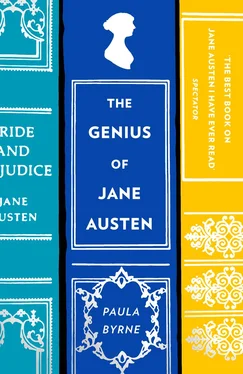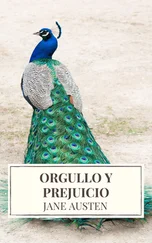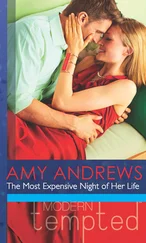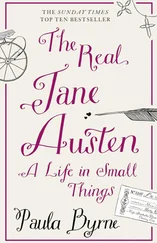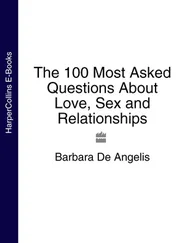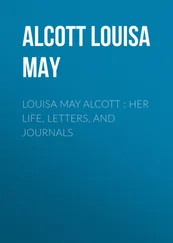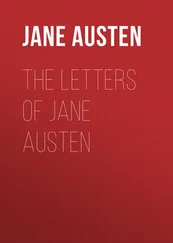Foote’s patent was followed by a number of patents for provincial theatres. In London, by the early nineteenth century, the proliferation of illegitimate theatres posed a formidable challenge to the patents. By 1800 there were seven minor theatres offering regular entertainment: Sadler’s Wells, Astley’s, the Royal Circus, the Royalty in east London, Dibdin’s Sans Souci, the King’s, Pantheon and the first Lyceum. 15In 1826 Edward Brayley included eleven minor theatres in his Historic and Descriptive Accounts of the Theatres of London , and F. G. Tomlins, in A Brief View of the English Stage (1832), listed thirteen minor theatres operating in London. 16
Astley’s was not only visited by Jane Austen. It was also chosen by her as the location for a major turning point in Emma . 17It is Astley’s Theatre where Robert Martin meets Harriet and rekindles the love affair between them, thus clearing the way for Emma and Mr Knightley to be united. Scholars have assumed that Austen was referring to the equestrian amphitheatre by Westminster Bridge in Lambeth. But following the success of his amphitheatre, which only operated on a summer licence, Astley opened a new theatre on Wych Street in the Strand in 1806. 18He called his new theatre the Olympic Pavilion, but it was also known as Astley’s Pavilion, the Pavilion Theatre, the Olympic Saloon, and sometimes simply Astley’s. 19The theatre specialised in equestrian events, but Astley also obtained a licence, through the influence of Queen Charlotte, for music and dancing. 20
According to the testimony of one nineteenth-century theatre historian, though Astley conducted several other establishments, the new Olympic theatre was ‘ par excellence , “Astley’s” – a name which has become historic’. 21It was an especially popular place to take children. Astley had built his new theatre from the remains of some old naval prizes that he had bought. The deck of the ship was used for the stage and the floors. 22The new theatre was built like a playhouse, with a stage, orchestra, side-boxes, galleries and a pit surrounding the ring. It was the largest of London’s minor theatres and accommodated three thousand people. 23In writing about Astley’s in his A Brief View of the English Stage , Tomlins notes that it was ‘a name at which the youthful heart bounds, and the olden one revives. Jeremy Bentham pronounced it to be the genuine English theatre, where John Bull, whatever superior tastes he might ape, was most sincerely at home’. 24
Jane Austen was not absolutely precise about dates in Emma : the theatre visit takes place some time in late summer and Harriet marries Martin shortly afterwards, in late September. This opens up the possibility of the Astley’s reference being to either the summer amphitheatre in Lambeth or the winter Olympic house off Drury Lane. Strictly speaking, the summer season commenced on Easter Monday and closed about the end of September or the beginning of October. 25Given that the Austens patronised the Lambeth Amphitheatre, Jane may well have intended the same theatre. On the other hand, the genteel John Knightleys visit Astley’s as a treat for their young boys, and Harriet, on quitting their box, is made uneasy by the size of the crowds. This suggests the superior Olympic Pavilion. 26The Lambeth Amphitheatre also had its own separate entrance for the boxes and the pit, with the gallery entrance fifty yards down the road, so it would be more likely that Harriet encountered large crowds at the Olympic. 27
Nevertheless, whichever of Astley’s playhouses Austen intended when she was writing Emma in 1813, the allusion is of considerable interest, as the long-standing battle between the minor theatres and the patents had once again flared up that year, with the name ‘Astley’s’ at the centre of controversy. When Elliston opened up Astley’s in 1813 with the provocative name ‘Little Drury Lane Theatre’, he was almost immediately forced to close. He was able to reopen the theatre by reverting to its old name. In 1812 Astley had sold his theatre and licence to Robert Elliston for £2800. 28Almost as soon as the management passed into Elliston’s hands, he remodelled the playhouse in the hope of attracting a superior type of audience. He introduced a mixed programme of farce, pantomime and melodrama, all of course concealed under the term ‘burletta’. Though many of the minor theatres circumvented the law by similar methods, none had dared to do so in the direct vicinity of the patents. Perhaps Austen was sympathetic to Elliston’s crusade to compete against the patents, for he was one of her favourite actors, and, as we will see, she followed his fortunes throughout his career.
Astley’s was known for its socially diverse audience. It was ‘a popular place of amusement for all classes’. 29A friendly and unpretentious theatre, its tickets were priced well below those of the patents. 30The spectacle that it offered clearly appealed to families, and to people of all classes, much as the West End musical attracts thousands of people today. Austen had no compunction about visiting the minor theatres when she stayed in London, and her reference to Astley’s in Emma may indeed have been a gesture in support of them in their long battle to break the monopoly of the patents.
Given Jane Austen’s scrupulous sense of class and realism, and the particular concern in Emma with fine discriminations within social hierarchies, it is by no means fanciful to attach considerable weight to her choice of Astley’s for the reconciliation between Harriet and Robert Martin. Precisely because of its status as a minor, illegitimate theatre, it was a place where a yeoman farmer and a girl who is without rank (carrying the ‘stain of illegitimacy’, we are reminded in the same chapter) could mingle freely with the gentry.
Austen does mention the patented theatres in her other novels. In Sense and Sensibility , Willoughby ‘ran against Sir John Middleton’ in the lobby of Drury Lane Theatre, where he hears that Marianne Dashwood is seriously ill at Cleveland. In Pride and Prejudice Lydia Bennet, in complete disregard to the disgrace that she has brought on the family by her elopement, can only prattle: ‘To be sure London was rather thin, but however the Little Theatre was open’ ( PP , p. 319). Lydia’s elopement takes place in August, and, as Austen was aware, the ‘Little Theatre’ in the Haymarket was the only house licensed to produce regular drama during the summer season. This is a fine example of Austen’s scrupulous sense of realism working in conjunction with her knowledge of the London theatre world. It is also worth noting that her favourite niece, Fanny Knight, with whom she often went to the theatre, was particularly fond of the ‘little’ theatre in the Haymarket, as opposed to the vast auditoriums at Covent Garden and Drury Lane. In her unpublished diaries Fanny complained that ‘Drury Lane is too immense’ and that she preferred ‘the dear enchanting Haymarket.’ 31
There is only one other mention of playgoing in Pride and Prejudice , a vague reference to an ‘evening at one of the theatres’ in which Elizabeth Bennet and Mrs Gardiner talked over intimate family matters in what was presumably a theatre box, while the rest of the party watched the action on the stage ( PP , pp. 152–54). In Persuasion , Austen includes only a few vague references to the Theatre Royal on Orchard Street in Bath. 32However, she uses the same theatre in Northanger Abbey to structure an important plot link between John Thorpe and General Tilney. It is at the theatre that Thorpe, ‘who was never in the same part of the house for ten minutes together’ ( NA , p. 95), falsely boasts to General Tilney that Catherine is the heiress to the Allen fortune, thus encouraging the General’s plan to invite her to Northanger Abbey.
Читать дальше
